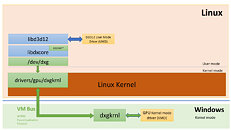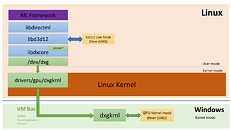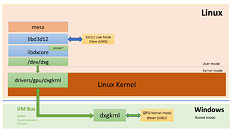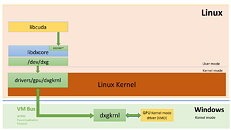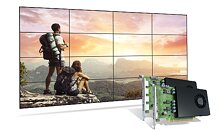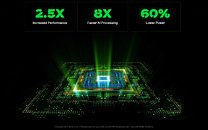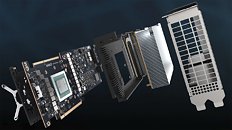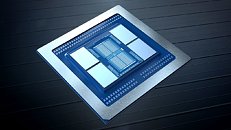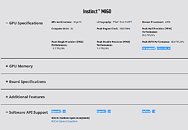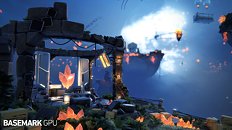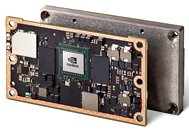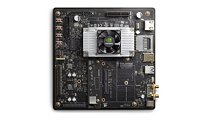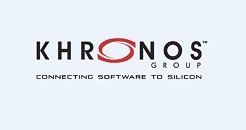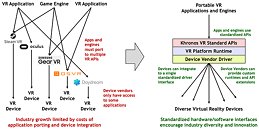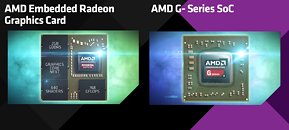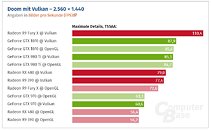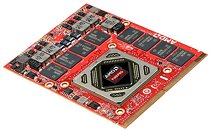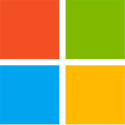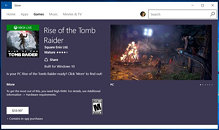
DirectX Coming to Linux...Sort of
Microsoft is preparing to add the DirectX API support to WSL (Windows Subsystem for Linux). The latest Windows Subsystem for Linux 2 will virtualize DirectX to Linux applications running on top of it. WSL is a translation layer for Linux apps to run on top of Windows. Unlike Wine, which attempts to translate Direct3D commands to OpenGL, what Microsoft is proposing is a real DirectX interface for apps in WSL, which can essentially talk to hardware (the host's kernel-mode GPU driver) directly.
To this effect, Microsoft introduced the Linux-edition of DXGkrnl, a new kernel-mode driver for Linux that talks to the DXGkrnl driver of the Windows host. With this, Microsoft is promising to expose the full Direct3D 12, DxCore, and DirectML. It will also serve as a conduit for third party APIs, such as OpenGL, OpenCL, Vulkan, and CUDA. Microsoft expects to release this feature-packed WSL out with WDDM 2.9 (so a future version of Windows 10).
To this effect, Microsoft introduced the Linux-edition of DXGkrnl, a new kernel-mode driver for Linux that talks to the DXGkrnl driver of the Windows host. With this, Microsoft is promising to expose the full Direct3D 12, DxCore, and DirectML. It will also serve as a conduit for third party APIs, such as OpenGL, OpenCL, Vulkan, and CUDA. Microsoft expects to release this feature-packed WSL out with WDDM 2.9 (so a future version of Windows 10).
